When it comes to growing cannabis, you want to make sure you have everything dialed in just right. This includes making sure you are using the correct amount of light and electricity. One way to measure how much electricity your plants are using is by using a clamp meter. In this comprehensive guide, we will answer common questions about how to use a clamp meter to measure amps. We will also provide some useful tips that will help you get the most accurate readings!
Definitions of the Clamp Ammeter
The clamp ammeter is a device that measures the current in a wire without having to make any electrical connection to the circuit. It works by measuring the magnetic field around the conductor and uses this information to calculate the current flowing through it.
This type of meter is also sometimes referred to as a ‘tongue’ or ‘jaw’ meter due to its shape. The jaws of the clamp open up and are placed around the conductor, allowing it to take measurements without coming into contact with any live parts of the circuit. This is a key safety feature as it means that you can take measurements on circuits that are live without having to worry about electrocution.
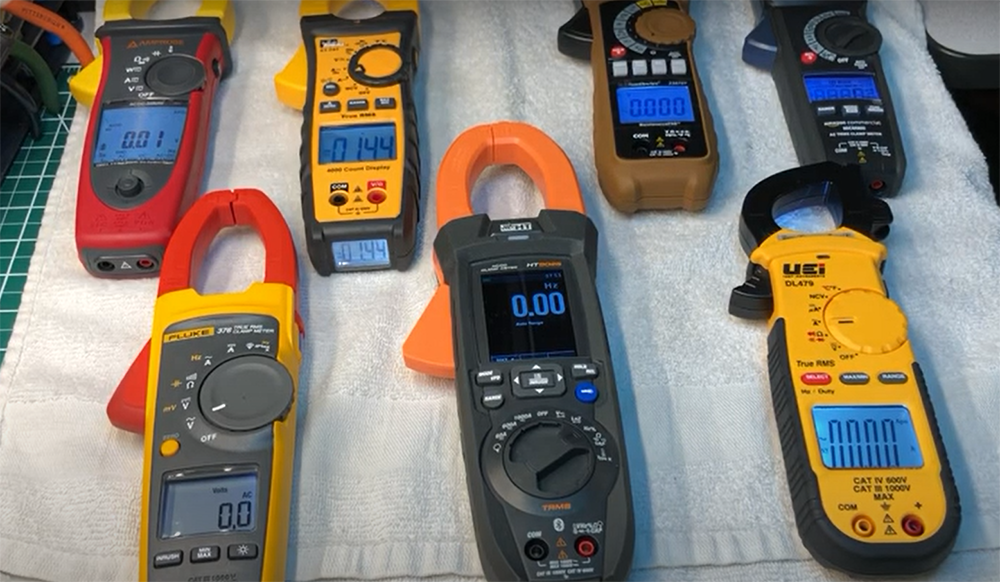
There are two main types of clamp meter, those that measure AC current and those that measure DC current. The majority of clamp meters on the market today are able to measure both AC and DC current, however, there are some that are only designed for one or the other.
Clamp meters come in a variety of shapes and sizes, from small handheld units to larger models that look more like traditional multimeters. Many clamp meters also have additional features such as the ability to measure voltage, resistance, and continuity. Some even come with built-in flashlights so that you can take measurements in dark or difficult to reach places. [1], [2], [4]
Main Applications of the Clamp Ammeter
The clamp ammeter is a highly versatile and useful tool that can be used for a variety of applications. Here are just a few of the main uses for this type of meter:
Monitoring power consumption of electrical devices
This is perhaps the most common use for clamp meters. By measuring the current draw of an appliance or other device, you can get a good idea of how much power it is using. This information can be used to help save energy and money by choosing more efficient devices, or by simply unplugging devices that are not being used.
Troubleshooting electrical problems
Clamp meters can be used to troubleshoot all sorts of electrical problems, both in homes and businesses. If you suspect that there is an issue with the electrical wiring in your home, for example, you can use a clamp meter to check for current leaks.
Checking circuit breakers and fuses
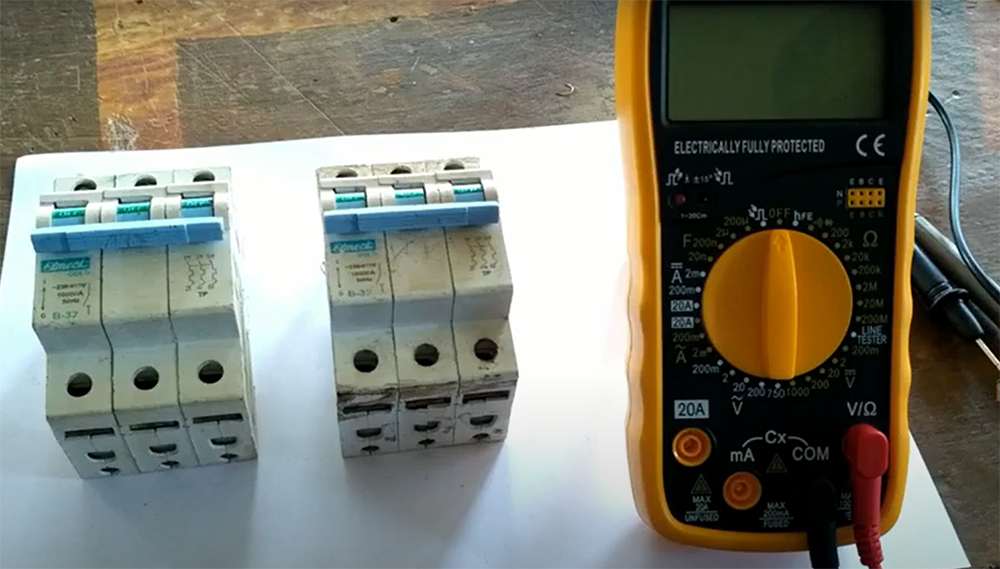
Another common use for clamp meters is to check circuit breakers and fuses. If a circuit breaker trips or a fuse blows, it indicates that there is too much current flowing through the circuit. By measuring the current with a clamp meter, you can quickly identify which circuits are overloaded and take steps to fix the problem. [4]
Differences Between a Clamp Meter and a Multimeter
Now that you know a little more about clamp meters, you may be wondering how they differ from multimeters. After all, both types of meter are used to measure electrical current.
The main difference between a clamp meter and a multimeter is the way in which they take measurements. Multimeters measure current by breaking into the circuit and attaching themselves directly to the live wires. This can be dangerous as it exposes you to live electrical currents. Clamp meters, on the other hand, take measurements from outside of the circuit using magnetic fields. This means that they can be used safely on live circuits without any risk of electrocution.
While clamp meters are used to measure current and current only, multimeters are more versatile and can be used to measure a variety of electrical parameters, including voltage, resistance, and continuity.
Another key difference between these two types of meter is their accuracy. Multimeters are generally more accurate than clamp meters. Of course the actual accuracy varies based on the model of your device. The downside is that multimeters have lower battery life.
Finally, clamp meters are usually much easier to use than multimeters. This is because you don’t have to break into the circuit or attach anything directly to live wires.
You can simply open up the jaws of the clamp meter and place it around the conductor, making them ideal for taking quick and easy measurements. [3], [4], [5]
Measuring Amps with a Clamp Meter
Now that you know a little more about clamp meters, let’s take a look at how to use one to measure amps. First, it’s important to understand what an amp is. An amp (or ampere) is simply a unit of measurement for electrical current. Just like you might measure the amount of water flowing from a tap in gallons per minute, you can measure the flow of electricity in amps. Now, let’s see how we can measure amps with a clamp meter.
Consider the ammeter range prior to measuring
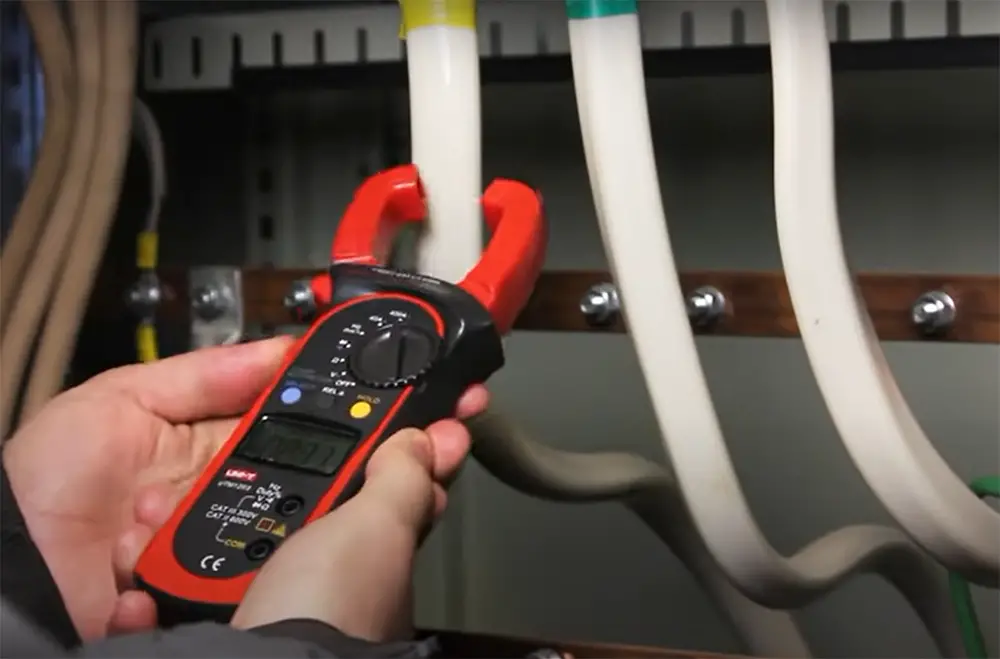
Most clamp meters have a maximum current range of 400 amps.This means that they can safely measure currents up to 400 amps without being damaged.
Determine the current type you are about to measure
As we already mentioned, there are two types of electrical current: direct current (DC) and alternating current (AC).
Direct current is a constant flow of electrons in one direction, while alternating current changes direction periodically. Most clamp meters can measure both DC and AC currents, but some only measure one or the other.
Define what you are going to measure before proceeding with the measurement. You can detect the current type by looking at the device you are trying to measure, as most of them will have special markings on them.
Make sure that your device is capable of measuring the type of current you’re working with before taking any measurements. Before you start measuring, choose either DC or AC mode on your device.
Set the function switch to the proper current setting
As we’ve seen, some clamp meters can measure more than just amps. Many of them can also measure voltage, resistance, and even continuity.
Most devices have a function switch that allows you to select the quantity that you want to measure. AC current is measured in amperes (amps), while DC current is measured in milliamperes (mA). When measuring amps, be sure to set the switch to the “A” position.
Open the jaws and enclose one conductor with them
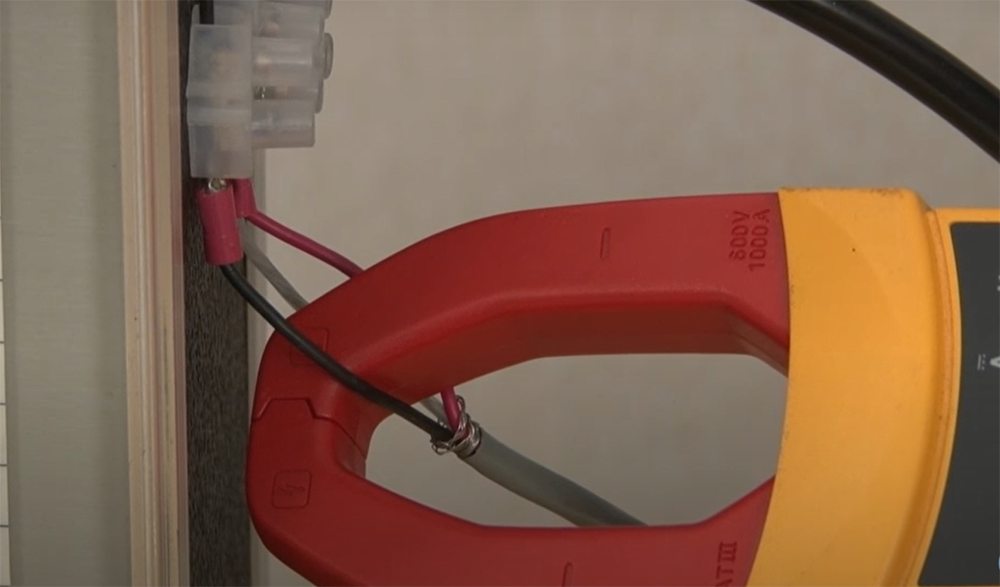
If you are measuring DC current, you need to press a ‘zero’ button before taking the measurement. This is necessary in order to get an accurate reading.
Take the reading
You will know that you have done this correctly when the LED on the device lights up. If it does not, check to make sure that the jaws are touching the conductor and try again.
After you have closed the jaws around the conductor, take a look at the display to see the current reading. If necessary, you can also use the hold function to freeze the reading on the display. Be sure to write down this value so that you can reference it later. [2], [4], [6]
Safety Tips When Using a clamp meter
When measuring current with a clamp meter, always take safety precautions. Make sure that the area around the conductor is clean. Do not touch the conductor while the current is flowing through it.
Wear gloves and safety glasses when using a clamp meter. Do not exceed the maximum current rating of the clamp meter. If you are unsure about how to use a clamp meter, consult an electrician or qualified person.
Do not use the device in damp or wet conditions and keep the device away from flammable or explosive glasses and liquids to avoid fire or explosion hazards.
Avoid using the meter if the case is badly damaged. If the device is dropped, damaged, or wet, do not use it. Disconnect the power before performing any maintenance on the device. [3]
Comparison of Different Amp Indicators for Clamp Meters
When it comes to measuring amps with a clamp meter, there are different indicators to choose from. Each indicator has its own benefits and drawbacks, so it’s important to understand the differences and choose the right one for your needs. In this table, we’ll compare the most common indicators used in clamp meters.
| Indicator | Accuracy | Range | Resolution | Response Time | Cost |
|---|---|---|---|---|---|
| DC Amps | High | Low | Low | Fast | Expensive |
| AC Amps True RMS | High | High | Low | Fast | Moderate |
| AC Amps Average Responding | Low | High | Low | Slow | Low |
| AC Amps Crest Factor | Low | High | Low | Fast | Moderate |
| AC/DC Amps | High | High | Low | Fast | Expensive |
Explanation:
- DC Amps: This indicator measures direct current and is very accurate, but has a limited range and low resolution. It’s also the most expensive option.
- AC Amps True RMS: This indicator measures alternating current and is highly accurate with a wider range than DC Amps, but has low resolution and a moderate cost.
- AC Amps Average Responding: This indicator measures the average of an AC signal, which is less accurate than true RMS. It has a high range but low resolution and a low cost.
- AC Amps Crest Factor: This indicator measures the crest factor of an AC signal, which is the ratio of peak to RMS value. It has a high range and is fast, but has low accuracy and a moderate cost.
- AC/DC Amps: This indicator can measure both AC and DC currents, making it versatile. It has high accuracy and range but low resolution, and is the most expensive option.
FAQ
Can you measure current without breaking the circuit?
Yes! This is where a clamp meter comes in handy. A clamp meter measures current by sensing the magnetic field around a conductor without having to make contact with it.
To measure current with a clamp meter, first, you need to identify the conductor carrying the current you want to measure. Then, open the jaws of the clamp meter around the conductor. The reading on the display will give you the amperage passing through that conductor.
How accurate are clamps on amp meters?
Clamps on amp meters are generally very accurate. However, there are a few factors that can affect the accuracy of the measurement. Factors that can affect the accuracy of clamp on amp meter measurements include:
- The size of the conductor
- The type of conductor (copper or aluminum)
- The insulation on the conductor
Of course the biggest factor is the model of the clamp meter itself. Some models are more accurate than others.
How many wires should you clamp with an amp clamp at once?
You can clamp only one wire at a time with an amp clamp. Clamping multiple wires at once will not give you a more accurate measurement.
When taking measurements with an amp clamp, always make sure that the jaws of the clamp are fully closed around the conductor. If there is any gap between the jaws and the conductor, the measurement will be inaccurate.
Can you measure DC amps with a clamp meter?
Yes, you can measure DC amps with a clamp meter. However, you need to be aware of the fact that some clamp meters are not designed to measure DC current. If you’re planning on measuring DC current, make sure to get a clamp meter that is specifically designed for that purpose.
Additionally, when measuring DC current, it’s important to make sure that the jaws of the clamp meter are tightly clamped around the conductor. And to ensure you will get accurate readings, you will need to press a button on the clamp meter that says “zero.”
Do you have to be an electrician to use a clamp meter?
No, you don’t have to be an electrician to use a clamp meter. Anyone can use a clamp meter as long as they understand how it works and how to safely use it.
Still, you need to take some safety precautions when using a clamp meter. Make sure to read the manual before using it and always follow the manufacturer’s instructions. We also recommend that you have a basic understanding of electricity and electrical safety before using a clamp meter.
As long as you keep that in mind, you will have no issues using it. Clamp meters are very intuitive and easy-to-use devices.
Why is it important to know how to use a clamp meter?
Using a clamp meter is important because it allows you to measure the current flowing through a conductor without having to make direct contact with it. This is useful in many situations, such as when you’re trying to troubleshoot an electrical problem or when you need to take measurements in a dangerous environment. Understanding how to use a clamp meter can help you avoid potential hazards while working with electrical systems.
Additionally, clamp meters can be used to measure DC or AC current, making them versatile tools that can be used in a variety of applications.
Finally, knowing how to use a clamp meter properly will help ensure that you take accurate measurements and avoid potential hazards.
What are the benefits of using a clamp meter?
Using a clamp meter has several benefits. First, it allows you to take measurements without having to physically touch the conductor. This is important for safety reasons, as it reduces the risk of electrocution. And it is easy to use and can be used on a variety of different types of conductors.
Clamp meters also don’t require the circuit to be cut or interrupted in order to take a measurement, which means they are less disruptive. And they can be used to measure current in both AC and DC circuits.
Finally, clamp meters are relatively inexpensive and widely available, making them a good option for budget-conscious DIYers and professionals alike.
What’s the difference between a multimeter and a clamp meter?
A multimeter is a versatile tool that can measure volts, amps, and ohms. A clamp meter is specialized for measuring current (amps) without having to make direct contact with the wire. This makes it ideal for measuring current in hard-to-reach places or live wires.
A clamp meter has a “jaw” that opens up and clamps around a wire. The jaw closes tight around the wire, and this completes an electrical circuit. This allows the current flowing through the wire to be measured without coming into contact with it.
Multimeters on the other hand use probes that you have to touch the wire with. This can be dangerous if you’re measuring current on a live wire.
How do you measure amps on a 240v circuit?
To measure amps on a 240v circuit, you’ll use a clamp meter.
To use a clamp meter, first determine which wire in the circuit is carrying the current you want to measure. Then, select the proper range on the clamp meter to match the current you’re measuring.
Next, open the jaws of the clamp meter and position them around the conductor. Make sure that the conductor is fully enclosed by the jaws, but take care not to let the jaws touch each other.
Finally, take a reading on the clamp meter. The reading will be displayed in amps.
How many amps is 220 volts?
It is not possible to convert volts to amps without additional information. Amps measures the flow of electrons and volts measure the difference in electric potential. These are two different things entirely. However, it is possible to calculate the number of amps at 220 volts if you know the wattage of the appliance. This is because watts are equal to volts multiplied by amps. So, if you divide the wattage of an appliance by 220, you will get the number of amps that it uses.
How many amps is 240 volts?
This is a difficult question to answer because it all depends on the wattage of your appliances. For example, a hairdryer might use 15 amps, while an air conditioner could use 30 amps. The best way to find out is by using a clamp meter.
You can also find the amp value by making some calculations. For example, if you have a 240-volt appliance that uses 1000 watts, you can divide the wattage by the voltage to find out how many amps it draws. In this case, it would be 1000 divided by 240, which equals approximately four amps.
However, the most accurate way to find out how many amps an appliance uses is to use a clamp meter. This device will measure the current flowing through the wires and give you a reading in amps.
How many amps does a TV use?
The average LED TV uses about 100 watts of power at 120 volts. So, after dividing wattage by 120, we find that an LED TV uses about .83 amps.
To be safe, you can always check the wattage of your particular TV on the back or bottom panel and do the math yourself. Just divide the watts by volts to find amps!
Can a clamp meter measure low current?
Yes, a clamp meter can measure low current. In fact, many clamp meters have a “low current” setting that allows you to measure very small currents. Usually you won’t have issues measuring currents as low as 0.001 with a clamp meter.
However, there are some clamp meters that can’t measure very low currents. If you’re trying to measure very small currents (in the microamp or nanoamp range), you might need to use a different type of meter.
What is the benefit of clamp meter over multimeter?
A clamp meter is designed to measure current without having to break or interrupt the circuit, making it ideal for troubleshooting and maintenance purposes. Multimeters, on the other hand, are general purpose tools that can measure a variety of electrical properties including voltage, current, and resistance.
You can also measure the current of an insulated conductor with a clamp meter without having to make physical contact with it, which is impossible with a multimeter. This is extremely useful when measuring current in live electrical circuits.
Useful Video: How to Use the Digital Clamp Multi-meter for AC and DC | Useful Equipment | POWER GEN
Conclusion
That’s it! Those are the basics for using a clamp meter. Once you get used to taking readings with your meter, you can start experimenting with different current settings and ranges to see what works best for your needs. Remember that safety always comes first, so be sure to take all necessary precautions when working with electricity. Now that you know how to measure amps with a clamp meter, go out and put your new knowledge to good use!
References:
- https://electricala2z.com/electrical-circuits/clamp-meter-working-use-clamp-meter-measure-amps/
- https://housetechlab.com/how-to-measure-dc-amps-with-a-clamp-meter/
- https://www.fluke.com/en-us/learn/blog/clamps/dmm-vs-clamp-meter
- https://www.elprocus.com/what-is-a-clamp-meter-construction-its-working/
- https://www.techtownforum.com/2021/04/22/clamp-meter-vs-multimeter-what-are-the-differences/
- https://www.dummies.com/article/technology/electronics/circuitry/how-to-measure-current-on-an-electronic-circuit-180234/





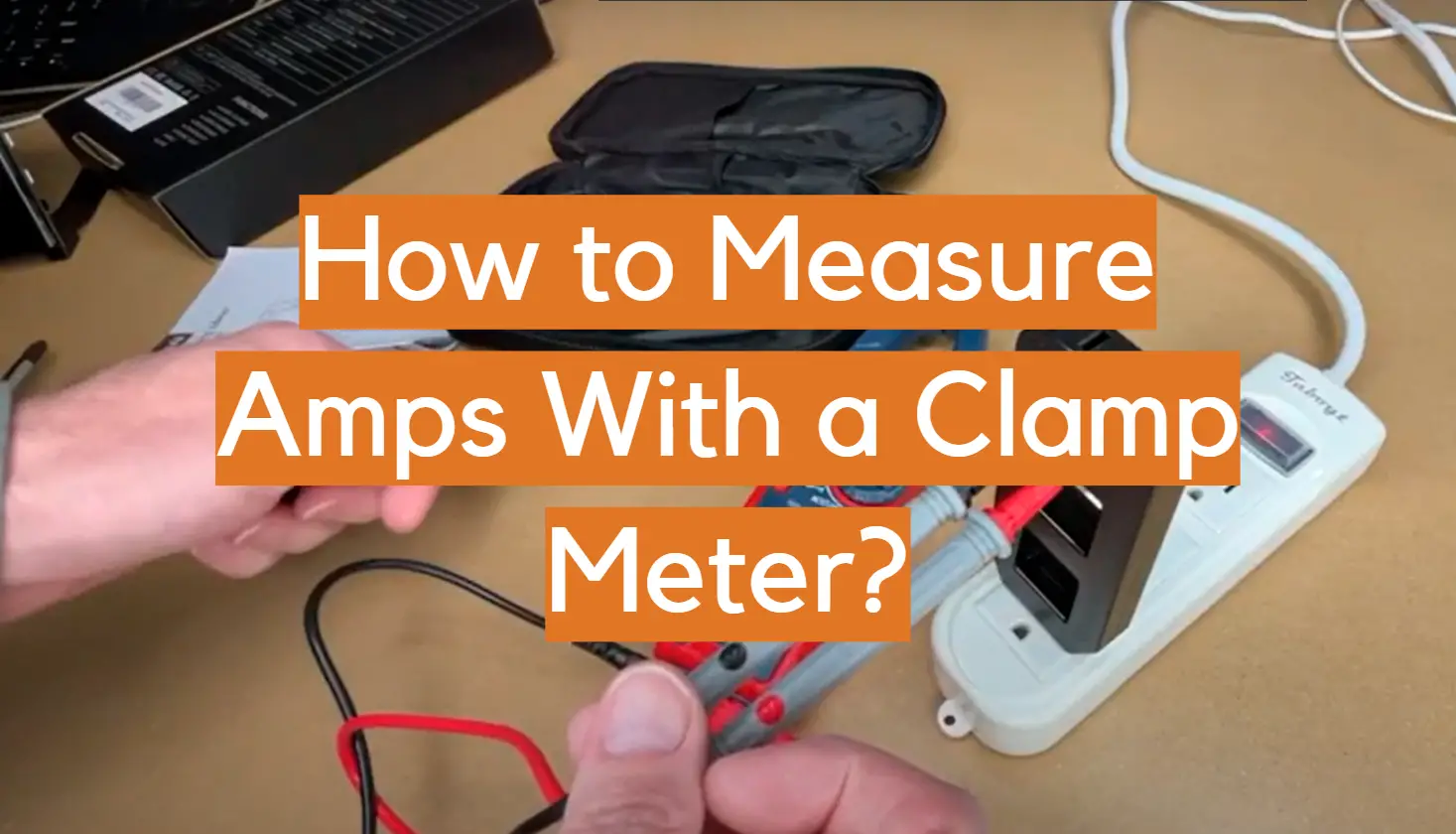






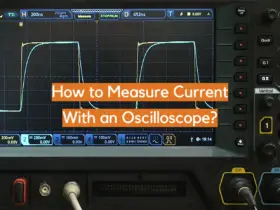

Leave a Reply